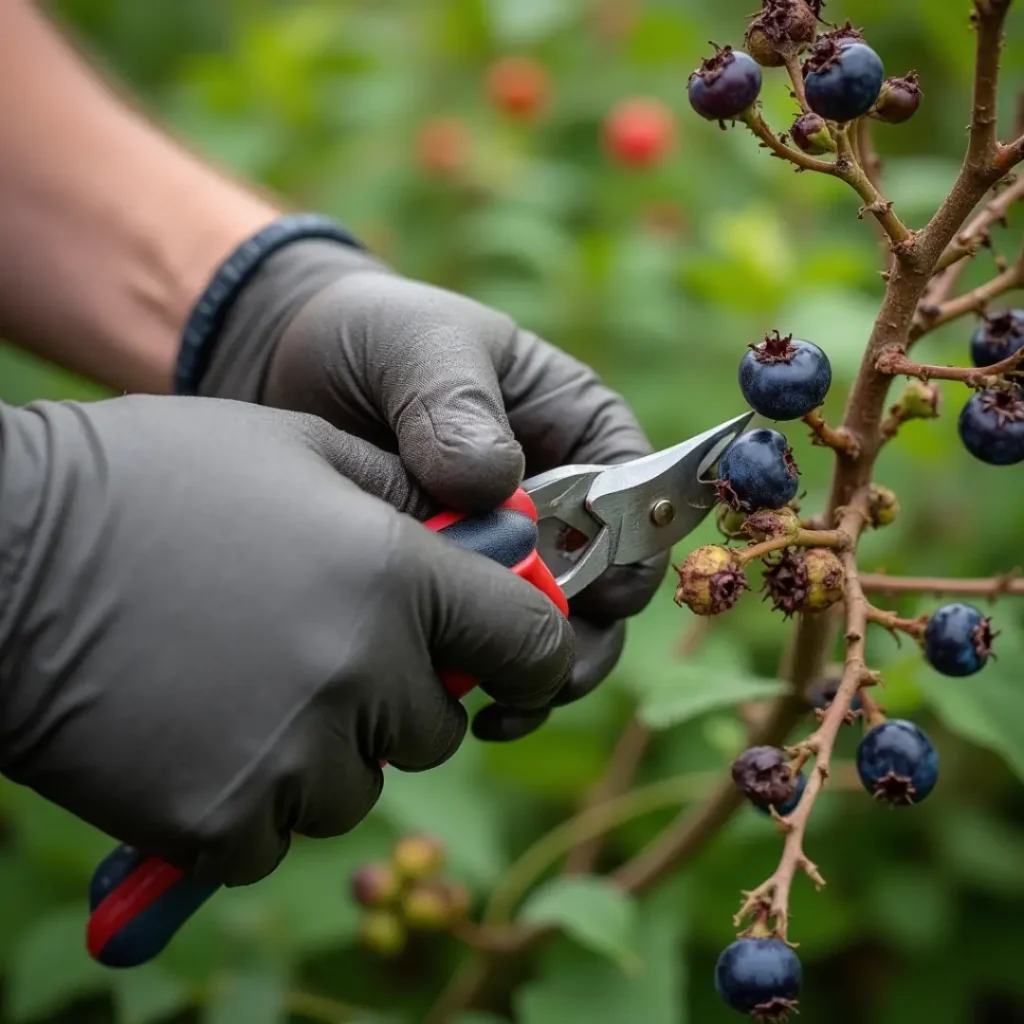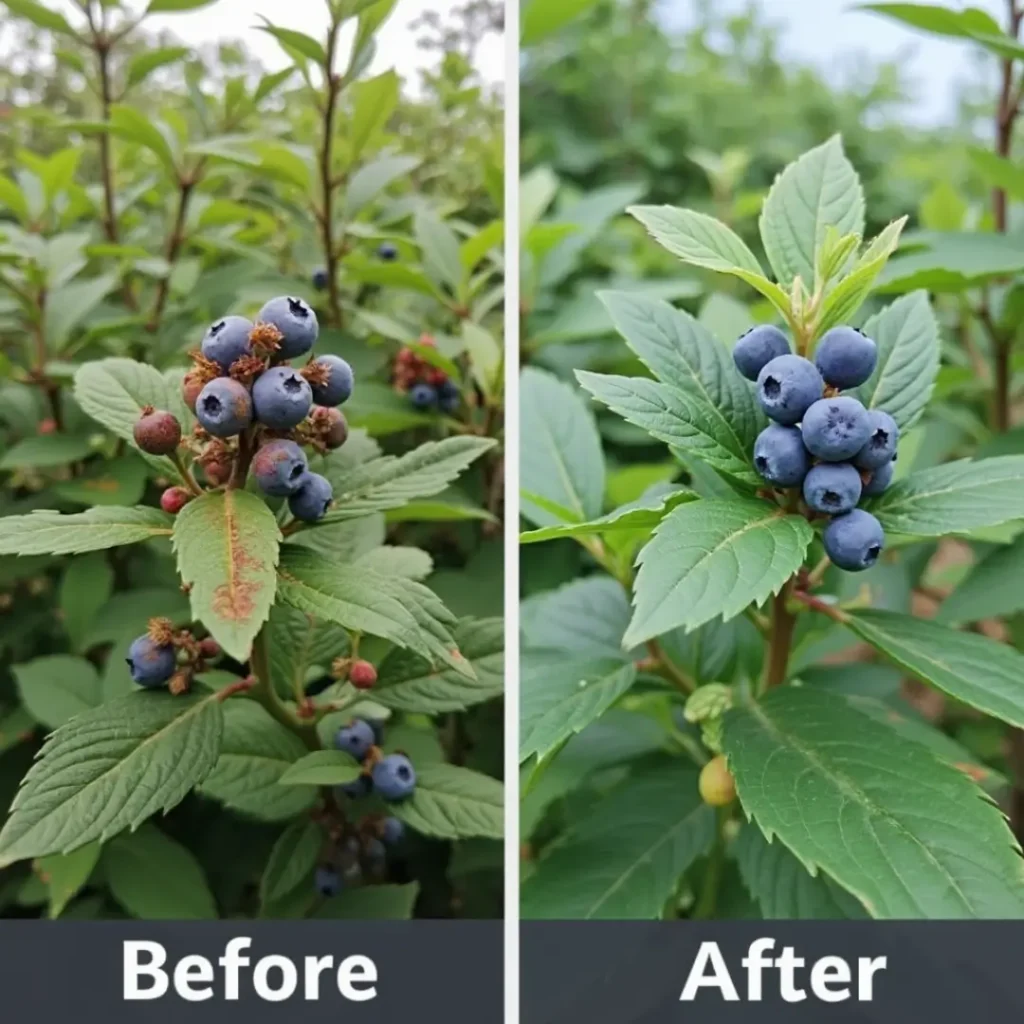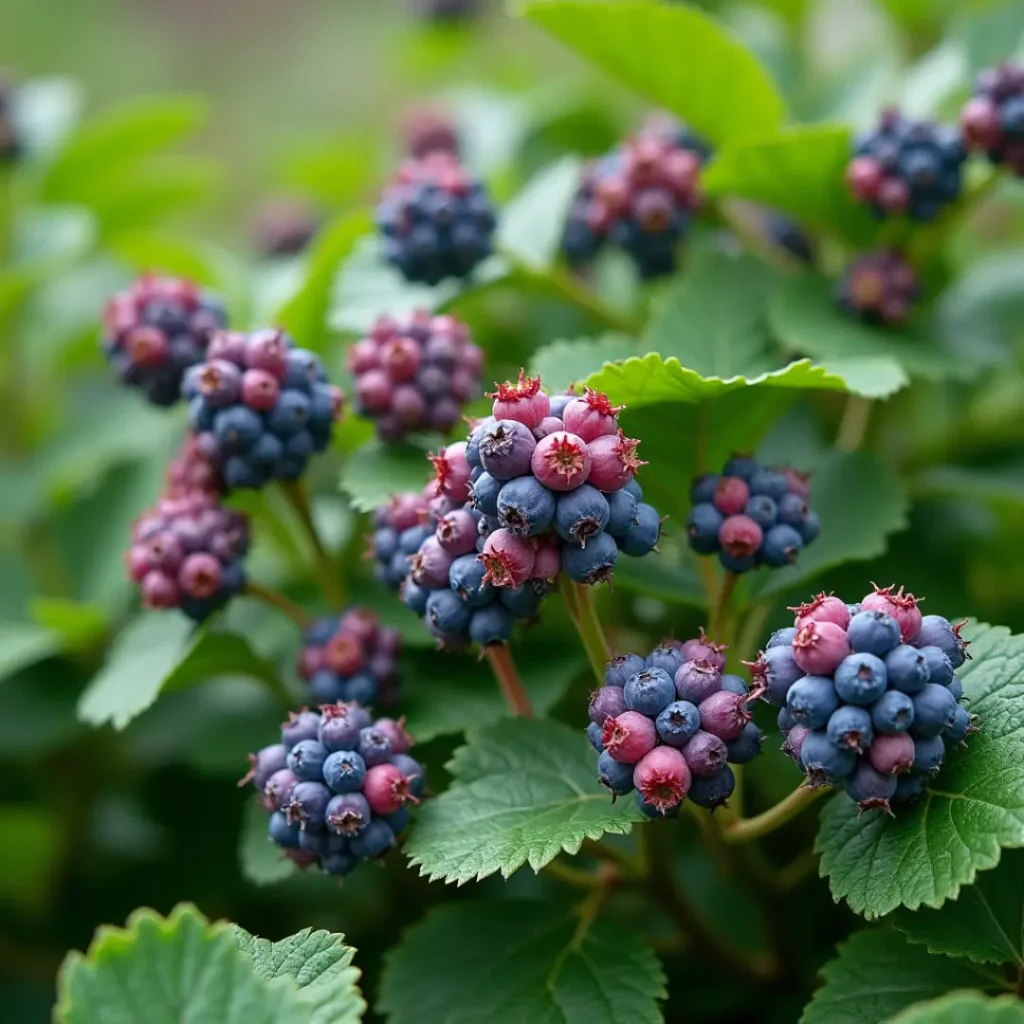How to Grow Blueberries ? A Complete Guide for Home Gardeners
1. Introduction :
Blueberries are among the most rewarding fruits to cultivate at home. They offer delicious, nutrient-packed berries that can be eaten fresh, baked into desserts, or preserved. Aside from their taste, blueberries are a superfood rich in antioxidants, vitamin C, vitamin K, and fiber, making them a healthy addition to your diet.
Despite their delicate appearance, blueberry plants are relatively low-maintenance and can thrive for decades when properly cared for. Whether you’re a beginner or an experienced gardener, this guide will provide all the necessary steps to grow healthy, productive blueberry bushes.
Table of Contents
2. Understanding the Basics :
Before planting blueberries, understanding their specific growing conditions is crucial. Blueberry plants thrive in well-draining, acidic soil with a pH level between 4.5 and 5.5. They also require full sun exposure for at least six hours a day.
Types of Blueberries :
There are three main types of blueberry plants, each with unique characteristics :
- Highbush Blueberries (Vaccinium corymbosum) :
- Most common variety grown in home gardens.
- Produces large, sweet berries.
- Prefers cooler climates (Zones 4-8).
- Lowbush Blueberries (Vaccinium angustifolium) :
- Small, wild-type berries known for their intense flavor.
- Ideal for colder climates and can tolerate temperatures below -30°F.
- Often used for ground cover due to their low-growing nature.
- Rabbiteye Blueberries (Vaccinium virgatum) :
- Best suited for warmer climates (Zones 7-9).
- Taller plants that produce a higher yield.
- More drought-resistant than other varieties.
3. Choosing the Right Plants :
Selecting the right blueberry variety for your climate and space is essential for success. When purchasing plants, look for certified disease-free nursery stock.
Best Varieties Based on Climate :
- Cold Climates (Zones 3-6) : ‘Northland,’ ‘Patriot,’ ‘Bluecrop’
- Moderate Climates (Zones 5-8) : ‘Legacy,’ ‘Duke,’ ‘Chandler’
- Warm Climates (Zones 7-9) : ‘Sunshine Blue,’ ‘Misty,’ ‘Sharpblue’
If space allows, plant multiple varieties to encourage cross-pollination, which enhances fruit production.
4. Planting Guide & Setup :
To ensure strong growth, follow these essential steps when planting blueberries :
Step-by-Step Planting Guide :
- Choose a Sunny Location : Blueberries need at least 6-8 hours of direct sunlight daily.
- Prepare the Soil : Test and adjust soil pH to 4.5-5.5 using sulfur, pine needles, or peat moss.
- Dig the Planting Hole : The hole should be twice the width and depth of the plant’s root ball.
- Space Your Plants Properly : Keep at least 4-6 feet between bushes and 8-10 feet between rows.
- Amend the Soil : Mix compost and organic matter to improve drainage.
- Water Well : After planting, give the roots a deep soak.
- Mulch : Apply a 2-3 inch layer of organic mulch to retain moisture and prevent weeds.

5. Essential Care & Maintenance :
To ensure healthy blueberry plants and a bountiful harvest, follow these care tips:
Watering Needs :
- Blueberries require 1-2 inches of water per week.
- Keep the soil moist but not waterlogged.
- Use drip irrigation for consistent moisture levels.
Fertilization :
- Use an acidic fertilizer such as ammonium sulfate.
- Apply fertilizer in early spring and after fruiting.
Pruning & Maintenance :
- Prune annually to remove dead wood and improve air circulation.
- Remove weak, diseased, or crossing branches to boost fruit production.

6. Common Problems & Solutions :
Pests & Diseases :
- Birds : Use netting or reflective tape to protect ripening berries.
- Powdery Mildew : Ensure proper air circulation and apply fungicides if needed.
- Yellowing Leaves (Iron Deficiency) : Lower soil pH and use iron chelate.

7. Harvesting & Maximizing Your Garden’s Potential :
Blueberries are ready to harvest when they turn deep blue and detach easily from the bush.
Tips for Maximum Yield :
- Pick berries every few days for continuous harvest.
- Store fresh berries in a breathable container in the fridge for up to 10 days.
- Freeze or dry excess harvest for long-term storage.
8. Final Thoughts & Call to Action :
Growing blueberries is an enjoyable and rewarding experience. With proper soil preparation, consistent care, and pest management, you can enjoy fresh, homegrown blueberries for years to come. Start planting today and reap the benefits of this nutritious superfruit!

9. Conclusion
With the right conditions and proper care, blueberry plants can provide delicious fruit for decades. By selecting the right variety, maintaining soil acidity, and following proper watering and pruning techniques, you’ll enjoy a plentiful harvest season after season.
10. FAQs
1. How long does it take for a blueberry bush to bear fruit?
Blueberry bushes typically start producing fruit within 2-3 years after planting. A mature plant will reach peak production in 5-7 years.
2. Can blueberries be grown in containers?
Yes! Choose a large container (at least 18 inches wide) and use acidic potting soil. Dwarf varieties like ‘Jelly Bean’ and ‘Top Hat’ are best for container gardening.
3. Why are my blueberry leaves turning yellow?
Yellow leaves often indicate iron deficiency due to high soil pH. Lower the pH using sulfur or iron supplements.
4. Do blueberries need a second plant for pollination?
Some varieties are self-pollinating, but planting multiple varieties improves fruit yield and quality.
5. What is the best fertilizer for blueberries?
Use an acid-loving plant fertilizer, such as one formulated for azaleas or rhododendrons.
6. How do I protect my blueberries from birds?
Cover plants with bird netting or use scare tactics like reflective tape.
7. Can I grow blueberries indoors?
Blueberries need full sun, so they don’t thrive indoors unless grown under grow lights.
8. How often should I water my blueberry plants?
Blueberries need 1-2 inches of water per week, especially during hot, dry weather.

